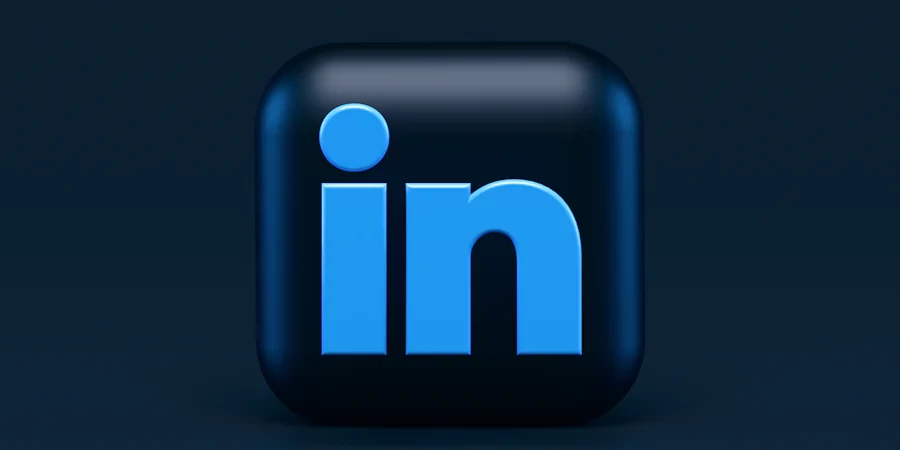It might appear premature, but even before the all-important Quarter 4 begins for the consumer tech industry, here at Ranieri we start to turn our attention towards our client’s plans for 2022.
Why now? Isn’t it too early to plan for something that might conclude in 15 months’ time? Well, not really. It’s not too early because at this point, we don’t expect to have each and every press release or Instagram post sorted out for our clients this month.
Instead, we recommend using the run up to Quarter Four to scope out the broad-brush strokes for the following year, including:
- revisiting and setting goals for the year
- setting budgets
- establish the key focus areas
- articulate the main activities, and if possible, in a chronological order
- evaluate expected results and set measurement tools
Planning at this stage has to feel more like plotting your way around a map with blind spots rather than an exact sequence of activations that can’t be deviated from.
Analysing & Setting Goals
One of the most important parts of communication planning is to set goals. Without them, it’s hard to gauge what’s worked in the past as well as setting new parameters for the upcoming year(s). Of course, the goals have to be SMART, but it is also critical at this stage that the goals are aligned with the needs of the business.
Main activities for the year
Once the goals are set, it is important to analyse them and figure out which types of campaigns will deliver against them.
Depending on the required outcomes, this might be a full integrated communications campaign combing PR, influencer marketing and social media, or in the case of gaming giant Tencent, an all-digital activation for its PUBG Mobile game Star Challenge Euro. For client De’Longhi, we used the power of PR to launch Brad Pitt as the global ambassador for the brand and bring to market its latest ’Bean to Cup’ coffee machine. All of these activations were rooted in clearly defined business and marketing goals; from expanding the appeal of PUBG Mobile from Gamers inot Sports audiences, or future proofing business growth with a global campaign, we knew what business gains needed to be made.
What results are we expecting?
Again, setting goals by which performance will be judged is essential. These should be both business and marketing goals.
KPIs, or key performance indicators, are metrics designed to help you achieve a goal or set of goals. They are specific numbers that you work towards – allowing you to measure progress and success. They are used across marketing campaigns for websites, social media channels, advertising and much more.
- Write a marketing strategy
KPIs should always be based on a strategy, rather than an arbitrary set of metrics and numbers. Without a strategy, you’ll quickly lose focus and your KPIs will be meaningless.
Examine your business and your goals, and set a strategy based upon what you want to achieve and what the best way to do that is. This all depends on your product or service, customers, competitors, resources and not forgetting, your budget.
- Pick the metrics that matter most
A strategy will outline key goals, such as growing a particular audience or a new product launch and its important to pick metrics that match these goals. Be careful not to have too many metrics. Keep it laser-focused on a handful of KPIs, so they are achievable and mean something.
Campaign metrics that are often set include:
- Brand awareness
- Number of PR clippings
- Advertising conversion rate (for social media advertising or search ads)
- Engagement with content (video views, gated content downloads, comments)
- Social media followers, engagement rates, impressions
- Look at historical data
The best way to set KPIs is to look back at your data. From here you can make improvements – for example improving traffic by 10, 15 or 20 per cent. Your strategy will inform the best percentage to increase this by, and which areas are likely to increase.
- Match it with your activity
Any metrics you set should be matched with the activity that your strategy will suggest. Think about what your marketing campaigns will be focused on; is it launching into a new European territory, driving e-commerce through influencer affiliate marketing or raising awareness of an existing product with a anew audience?
- Be realistic
Don’t set lofty KPIs. Be realistic about what your team can achieve based on the resources you have, historical data and customer behaviour. There’s no point in promising you’ll double traffic on your website when you’re only planning on increasing PR spend by 10%.
Also, ask yourself – what actually works? Don’t use a platform or technique for the sake of it. Be ruthless! If your research shows that you don’t receive a lot of engagement from Twitter, don’t set ambitious social media KPIs for improving your reach there. Unless you’re planning to run a large-scale campaign. Focus on what will work.
Crating a focus
This might sound a little like repetition of the above, but there’s a critical nuance that sets people down a path of doing a lot of work, and of being very busy, but not getting to where they need to be. And this is because they market in a way that does not target their audience.
Plan, but be ready to change.
Ensure that your activities for the year can be loosely planned in advance, too. We all know that unpredictability is the order of the day at the moment, but if you can, plan your efforts for a best-case scenario and set up contingencies in advance. This is one of the reasons we’re starting now, not in January.


